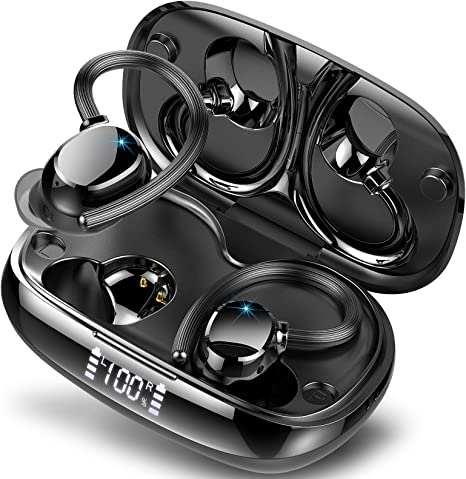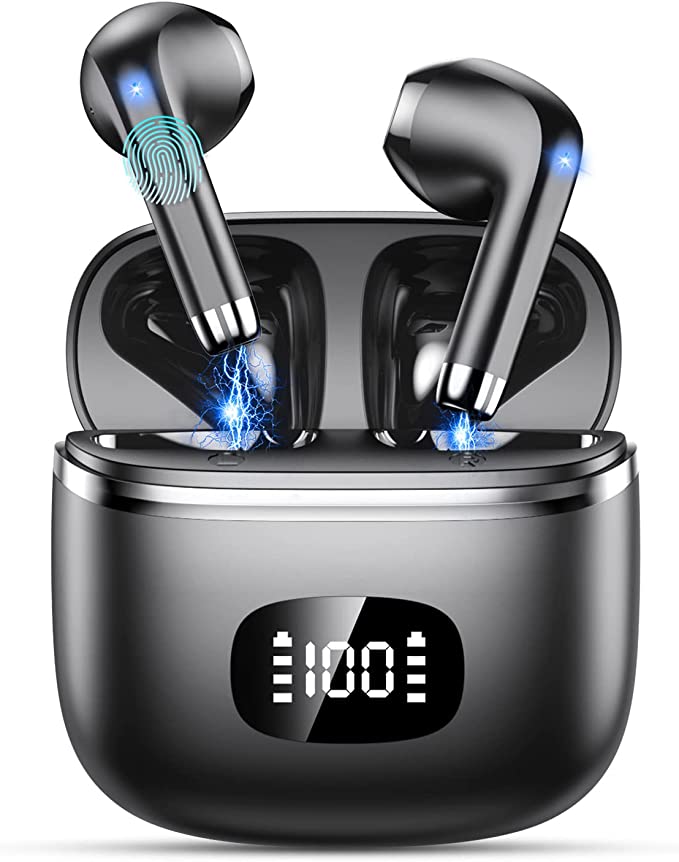Breathe Easy: The WapoRich Air Quality Monitor Gives You the Power of Knowing
Update on July 28, 2025, 5:02 p.m.
In our daily lives, we often think of air quality in broad strokes—is it a clear day or a hazy one? But in the realms of industrial production, scientific research, and controlled environments, this general awareness is insufficient. The critical challenges are posed not by what is visible, but by a complex, unseen world of microscopic particles. Successfully managing these environments requires moving beyond simple awareness to a state of active, data-driven diagnosis. This is the domain of professional-grade tools like the WapoRich Air Quality Monitor and Dust Particle Counter, which are engineered not just to see the invisible, but to quantify and record it with precision.

Decoding the Particulate Trinity: PM10, PM2.5, and PM0.3
Before understanding the tool, one must first understand what it measures. Particulate matter (PM) is categorized by its aerodynamic diameter. While many are familiar with PM10 and PM2.5, a professional-grade device distinguishes itself by also measuring even finer particles.
- PM10 (particles up to 10 micrometers): Think of these as coarse particles like dust, pollen, or mold spores. They are typically trapped in the upper respiratory tract.
- PM2.5 (particles up to 2.5 micrometers): These are fine particles, often originating from combustion sources like vehicle exhaust, industrial emissions, and the wildfire smoke that has become a significant concern across North America. Their danger lies in their ability to bypass the body’s natural defenses and penetrate deep into the lungs.
- PM0.3 (particles up to 0.3 micrometers): These are ultrafine particles. In fields like semiconductor manufacturing, optics, and pharmaceuticals, a single PM0.3 particle can be a catastrophic contaminant, ruining a microchip or compromising a sterile product.
A device that monitors all three channels simultaneously provides a complete diagnostic profile. A sudden spike in PM10 might indicate a dust leak from construction, whereas a persistent high reading of PM2.5 and PM0.3 could signal an issue with a combustion source or a failing filtration system.

Making the Invisible Visible: The Technology of Particle Counting
At its heart, a dust particle counter like the WapoRich model operates on the principle of light scattering. A focused laser beam is projected through a chamber where sampled air is drawn. As individual particles pass through the beam, they scatter the light. A sensitive photodetector measures the intensity and pattern of this scattered light. Larger particles scatter more light than smaller ones, allowing the device to not only count the particles but also sort them into different size bins—in this case, the PM0.3, PM2.5, and PM10 channels. The specified accuracy for PM2.5 of +/-12 μg/m³ indicates a level of precision necessary for making confident assessments, moving beyond estimation to reliable measurement.
Beyond the Snapshot: The Power of Data Logging and Diagnostics
Perhaps the most significant feature that elevates a monitor from a simple indicator to a diagnostic tool is its ability to log data over time. The WapoRich counter’s capacity to store 999 sets of data is a powerful asset. A single spot reading is just a snapshot; a trend line is a story.
Imagine a quality control manager in a food processing plant. By setting up the monitor on a tripod and letting it record data throughout a production shift, they can later transfer the data via USB to a computer. The resulting graph might reveal a consistent spike in particulate levels every time a specific grinding machine is activated. This is actionable intelligence. It’s no longer a mystery; it’s a clear, data-supported directive to improve containment around that machine. Similarly, an HVAC engineer can measure particle counts before and after a filter bank to get quantitative proof of its efficiency, rather than relying on a simple pressure gauge.

Engineered for the Professional Field
The practical design elements of the WapoRich monitor underscore its intended use in professional settings. The inclusion of tripod mounting holes is not a minor convenience; it is fundamental to scientific rigor. Mounting the device ensures a consistent sampling location and height, eliminating the variability and instability of handheld use. This makes measurements repeatable and data comparable over time.
A 9-hour continuous battery life supports monitoring for a full workday, allowing for comprehensive data collection without interruption. The integration of temperature and humidity sensors adds crucial context, as these factors can influence both particle behavior and the performance of sensitive processes. The 3.2-inch color display, which can show real-time data curves, allows an operator to see anomalies as they happen, enabling immediate investigation right in the field.

The Shift to Proactive Air Quality Management
Ultimately, the value of a high-sensitivity, multi-channel particle counter lies in the philosophical shift it enables: from reactive problem-solving to proactive environmental management. When you can precisely quantify the invisible, you can set meaningful baselines, detect deviations instantly, and validate the effectiveness of your control measures. In industries where purity and safety are paramount, this ability to measure, record, and analyze is not a luxury—it is the foundation of quality and operational excellence. Tools like this empower professionals to transform air quality from an unpredictable variable into a controlled, understood, and well-managed asset.


















